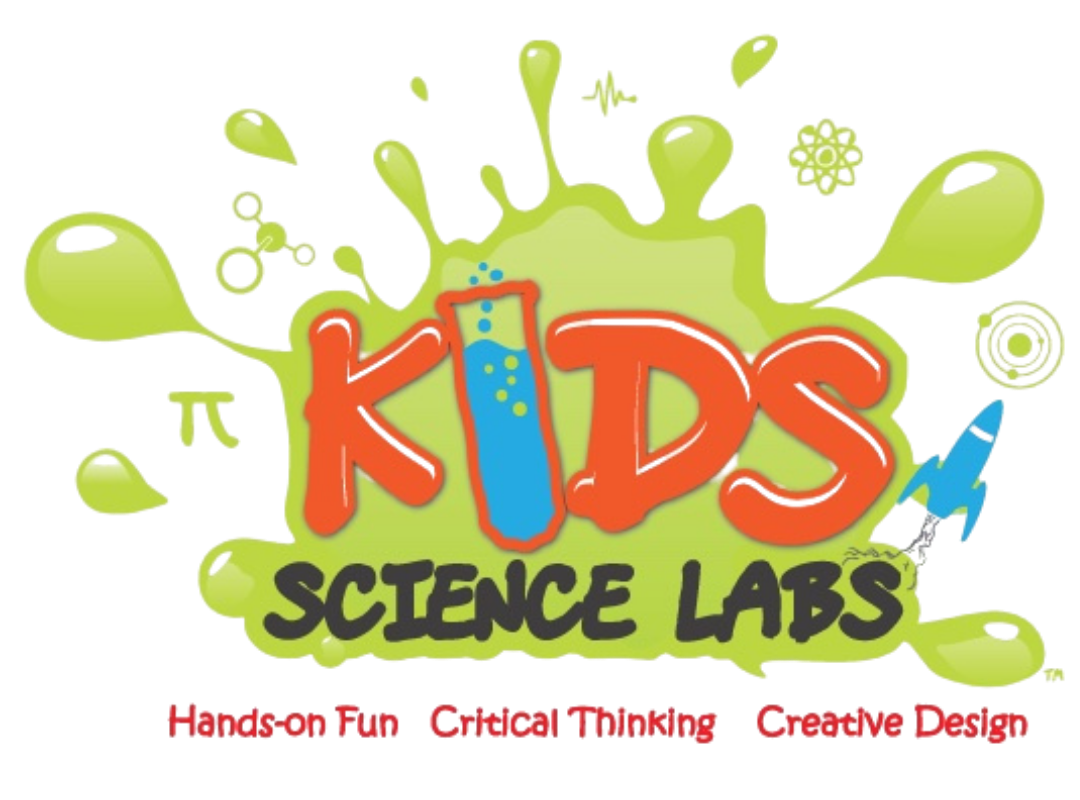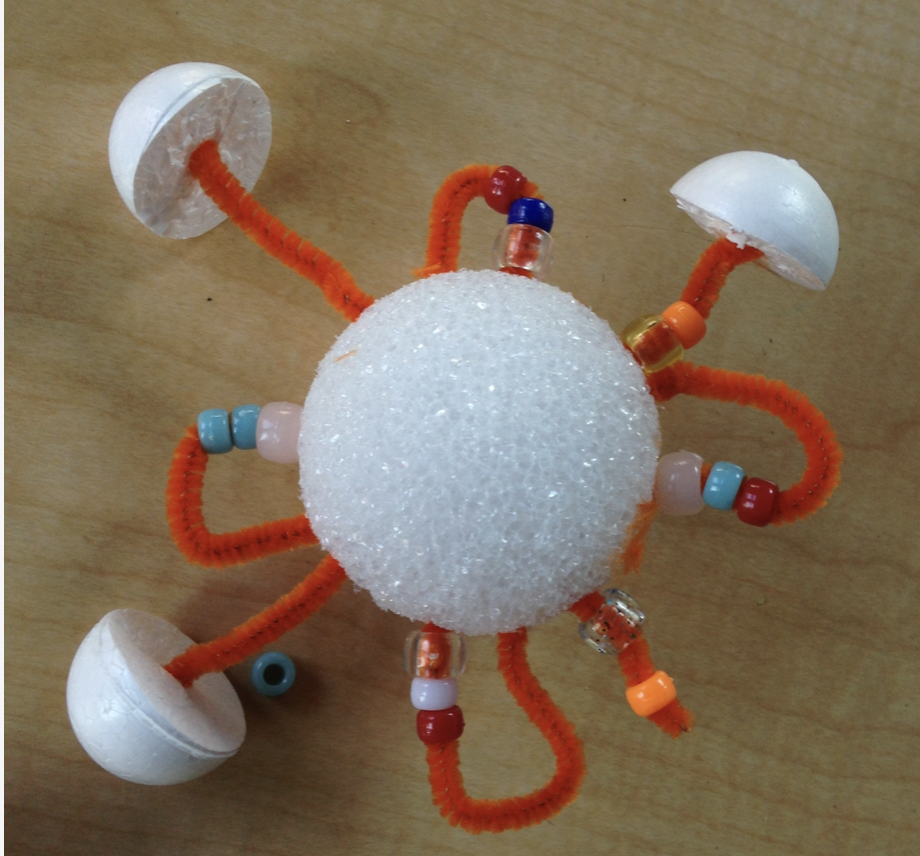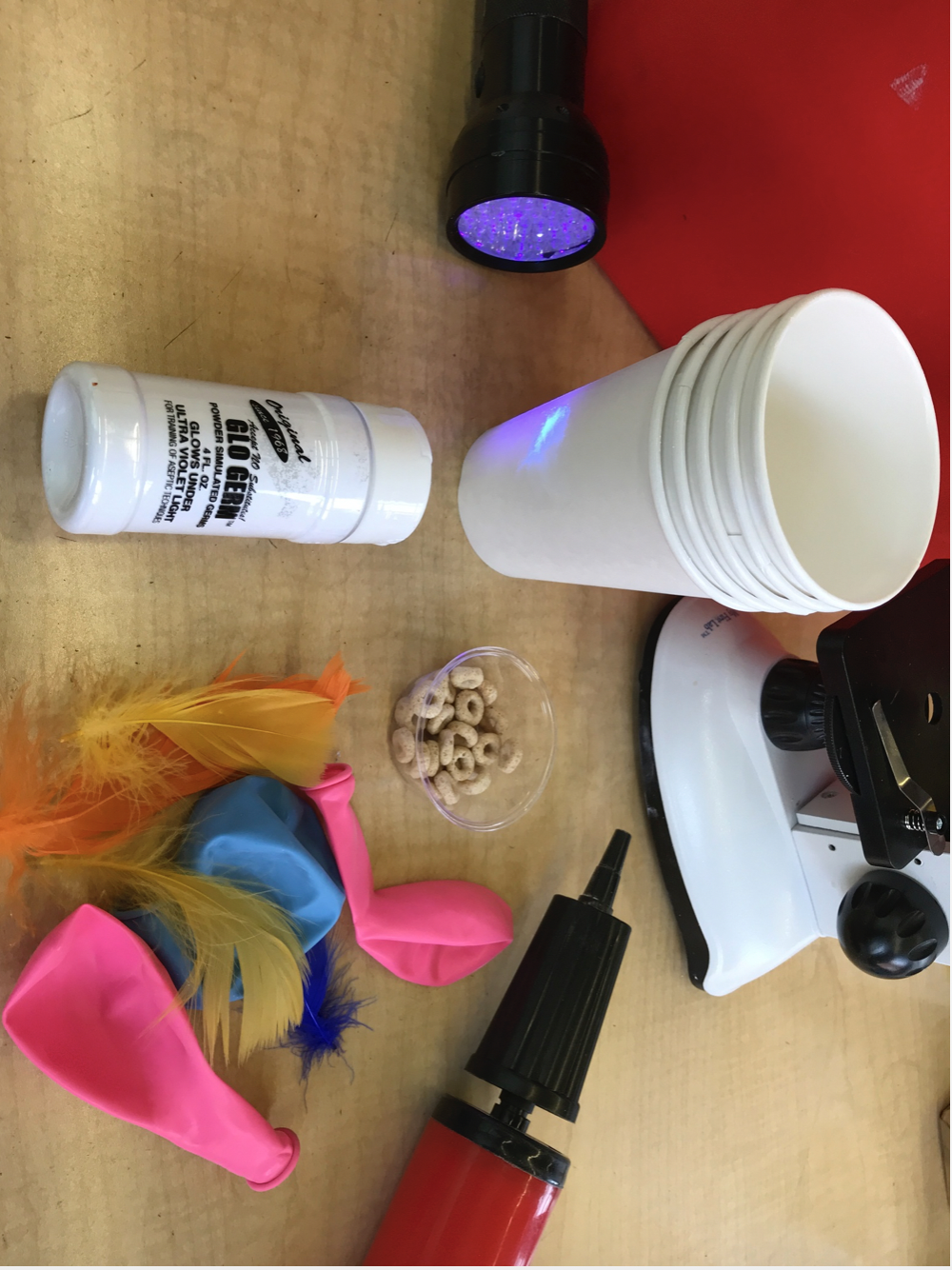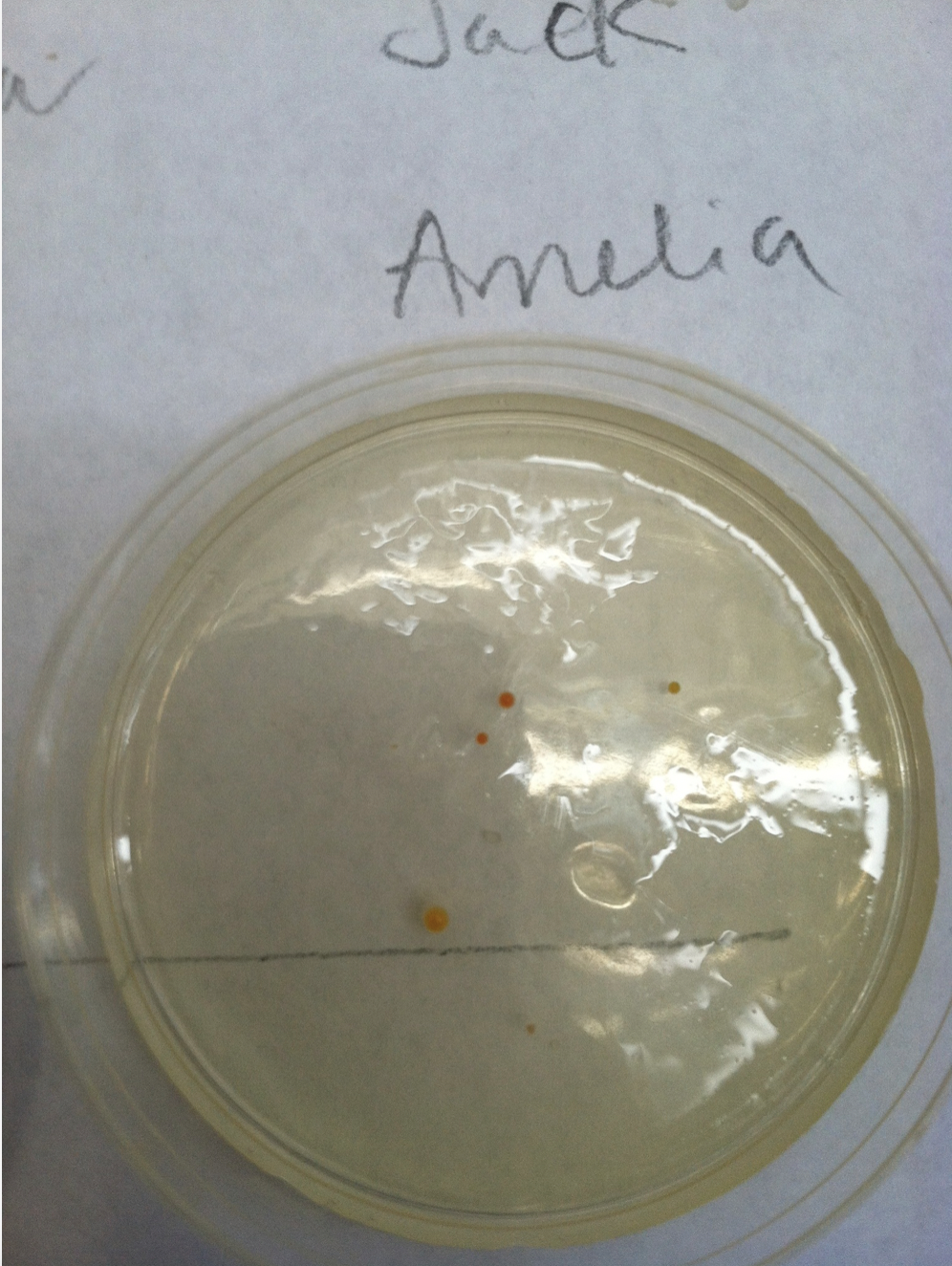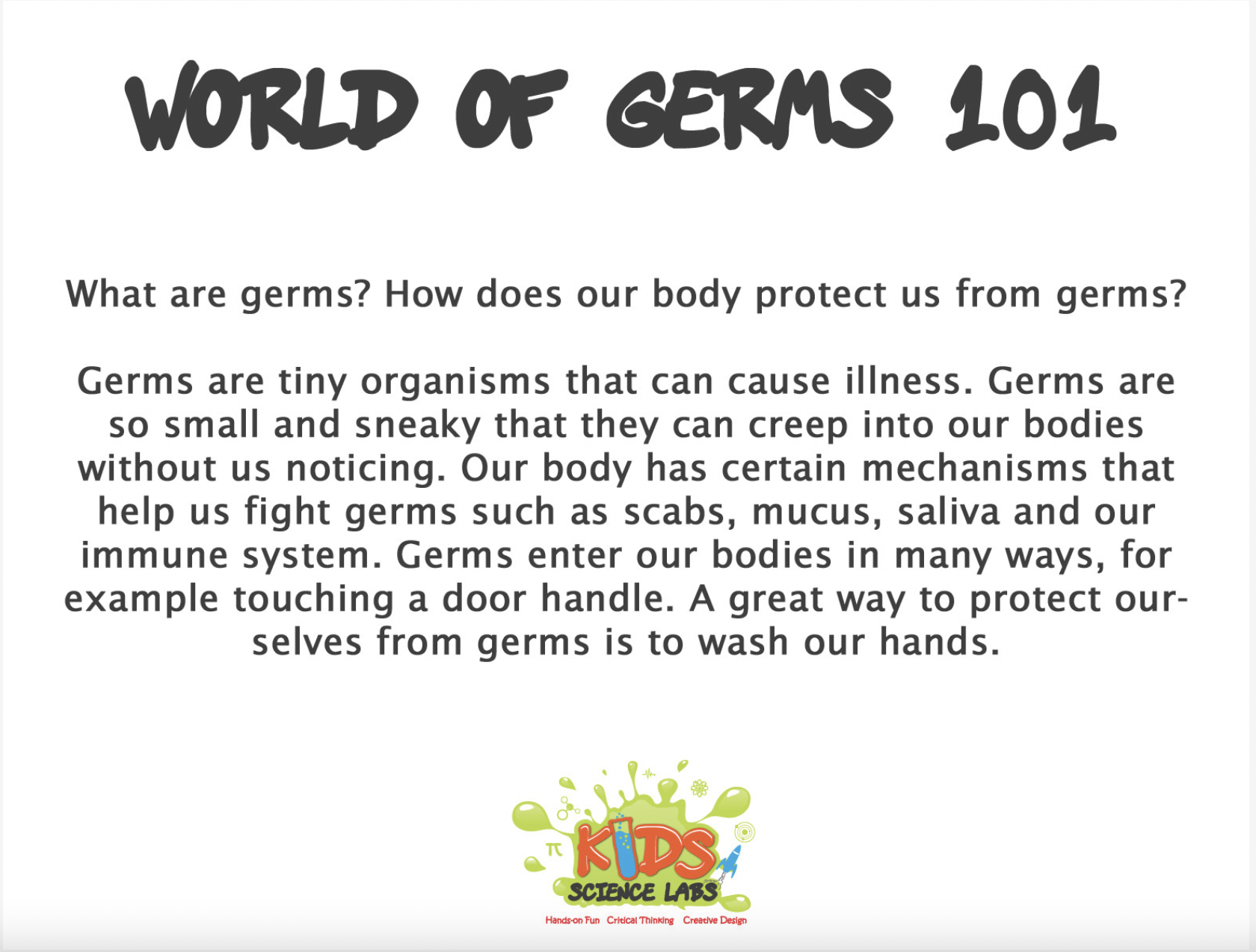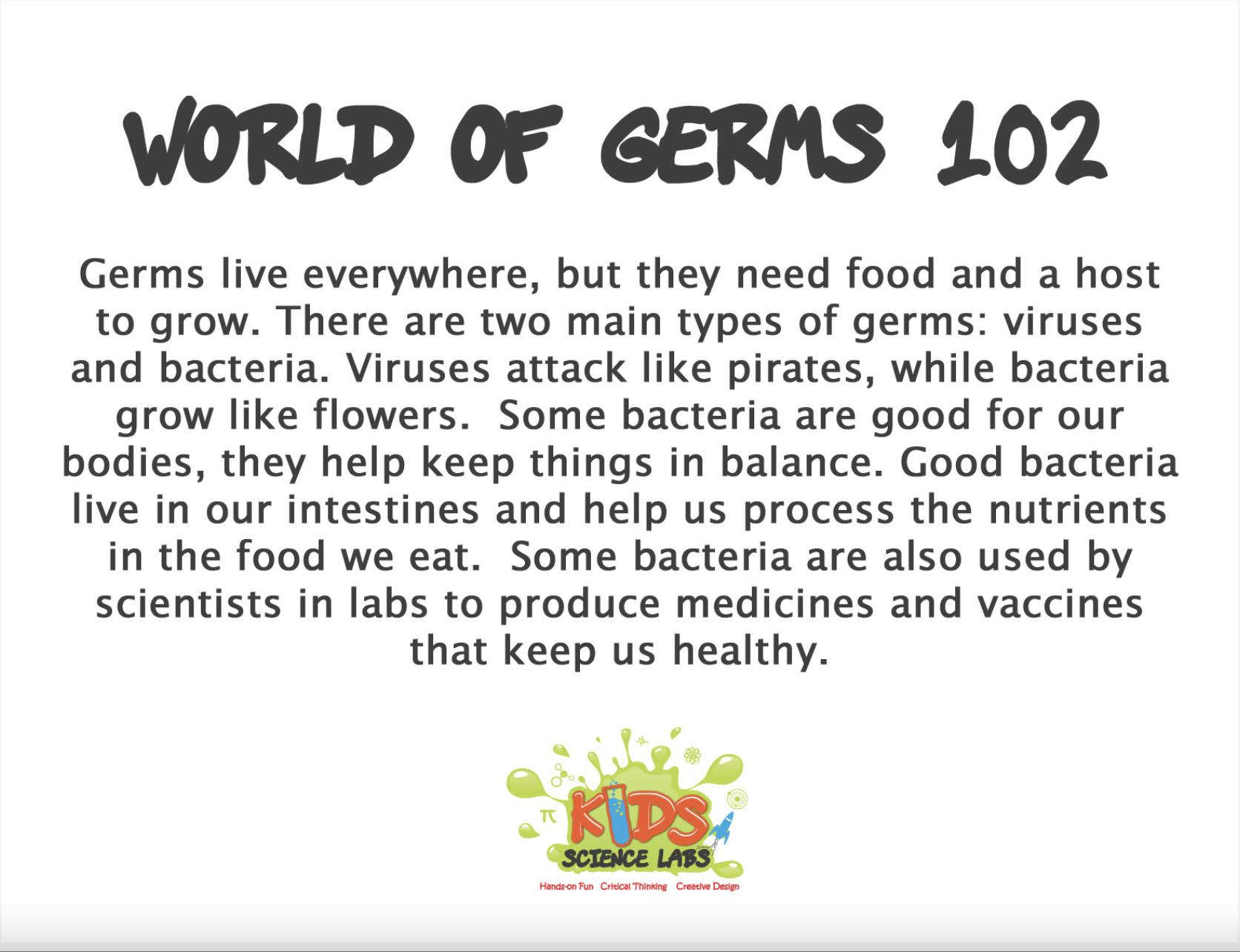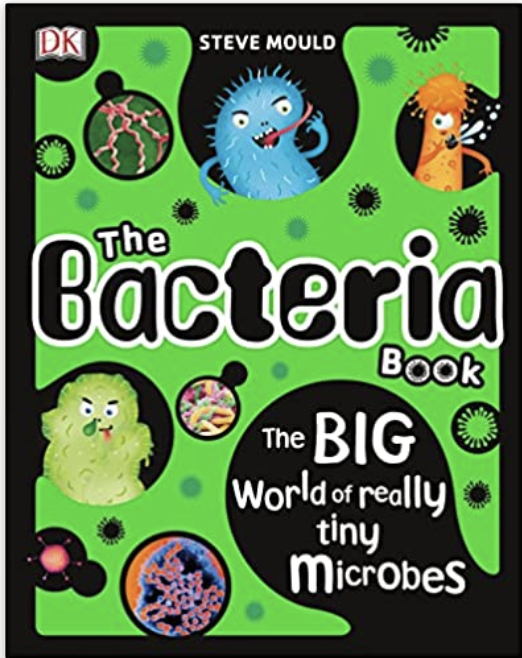Microbiology begins with Germs and Viruses in Summer Camps at KSL
Summer Camps in Chicago that Boost Careers in Modern Medicine for Kids?
Each and every day kids are asking why they have to wash their hands and parents are reminding our young children to use soap, so in this camp, we lean inside the world of microbiology as we learn that Viruses are like pirates (take over cells) and Bacteria are like flowers (they grow in good conditions). But like every class at Kids Science Labs, it stars with a simple question, What is making me feel so crummy? Whether its a cold, runny nose, stomach ache, or an infection under that bandaid, our kids are curious about microbes, so that’s where the science begins…with a child’s curiosity.
Where can I find the best STEM Summer Camps in Chicago and Seattle?
Summer Camps in Medicine have been happening in Chicago for decades at Kids Science Labs. One sure fire way to boost careers in medicine in summer camps, is to explore real questions that kids have about germs, mucus, and getting sick.
Microbes come in all types of shapes and sizes. They also affect all types of things in our body, including inhibiting basic body functions. To help students better understand how germs spread, one of the experiments occurring in our centers using a neon glow powder, that reacts under Ultra-violet (blacklight) rays, to simulate cross-contamination. By touching an object that has neon glow powder, that can’t be seen by the naked eye, we can literally simulate “germs” being passed around the room and then investigate how and where they traveled using blacklight devices. Often kids don't recognize why they have to wash hands, because they don’t actually “see” the germs because they are so small. We sometimes skip this experiment for our Pre-K audiences, and replace it with a demonstration.
Using agar plates, and q-tip cotton swabs, students collected germs from doorknobs, tables & chairs to observe growth over the week.
As a beautiful science lab, designed exclusively to empower kids to engage their curiosity, a great experiment used in Med School for Kids is to have our students in PreK-6th grade all collect samples inside the classroom, and apply them to the agar plate to watch growth over a 3 day period. “Agar” includes sugars made from algae, that looks like jelly and that helps feed and grow bacteria in a safe environment.
Everyday we do Creative Design to apply what we learned in Med School for Kids at Kids Science Labs, and today this meant giving kids the opportunity to invent and innovate their own microbes, either germs or viruses, and giving them receptors for connecting to cells and method to move about the body. This looked very different for our Next Gen Designers than our Pre-K kids, and it definitely empowered them to better understand germs. In our Afternoon Creativity Studio, some of our student artists may have created their own germ-fighting comic strips that use their germ that they made. Here are the KSL takeaway cards to give you additional insights as parents.
Please “LIKE” the bog below if these insights are helpful, as it inspires us to keep giving kids the best hands-on science experience available in the U.S. If you are looking for a kid-friendly book to further the learning on bacteria, one of the resources we make available to our students it “The Big Bacteria Book”, which can be found in most online book stores for < $10.
